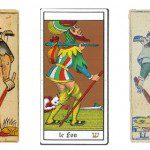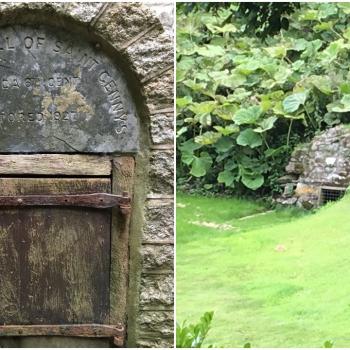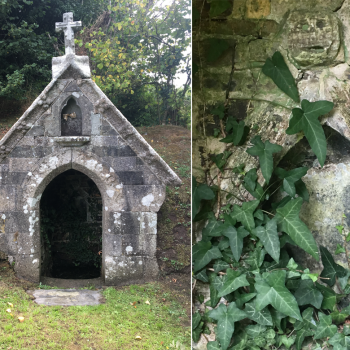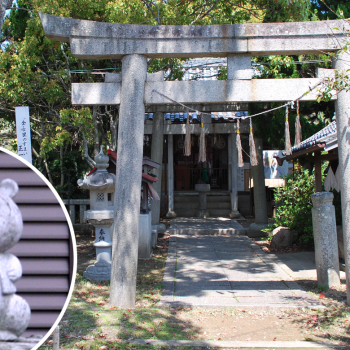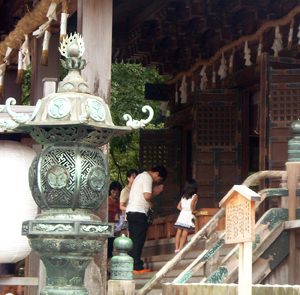
4. Shinto is highly ritualistic
Shinto is largely a religion of action rather than philosophy, and just about everything in Shinto is steeped in ritual. When one goes to pray at a shrine, for example, there is a prescribed manner in which you do this, starting with bowing at the torii gate before passing through it into the shrine (keeping to the side as the middle path is for the kami), washing one’s hands and mouth in a set order, dropping a coin into the offertory box and finally making one’s prayers to the kami by ringing a bell, bowing and clapping – again, in a set order and a set number of times. The emphasis on ritual can be seen in all aspects of Japanese life and etiquette; I can think of few things in fact that do not have a prescribed manner in which to do them in Japan.
Much of the ritual in Shinto is centred on the concept of harae, or purification. In Shinto, cleanliness is indeed next to godliness, and to deepen one’s relationship with the kami, one must keep one’s self physically, mentally and spiritually pure. Forms of harae ritual include undergoing purification by a Shinto priest, using salt to purify a building or area (for example, the salt scattered by Sumo wrestlers in the ring), and the ascetic practise of bathing under a waterfall, known as misogi.
The ritual nature of Shinto extends to the numerous and diverse festivals that exist in Japan. Like Neopaganism, Shinto places emphasis on the changing of the seasons and there are many local and national festivals commemorating important agricultural dates.

